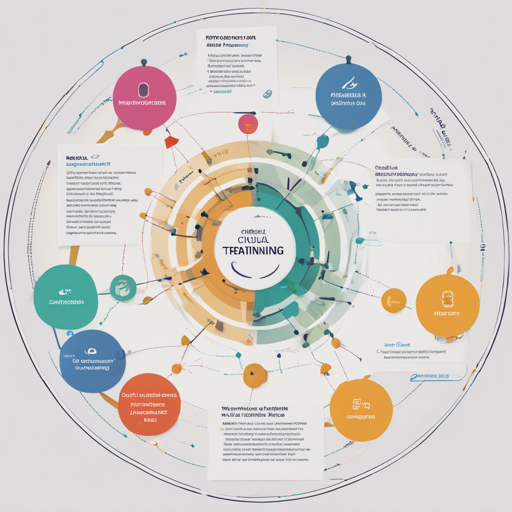Welcome to our guide on how to implement the CirBERTa pretraining model! If you’re venturing into the realms of AI and natural language processing, you’re in for an exhilarating journey. This article will walk you through the essential steps for utilizing the CirBERTa model, with a particular focus on the Chinese language. Let’s dive right in!
Understanding CirBERTa
CirBERTa represents an evolution in pretraining models by incorporating circular methodologies. Think of it as adding a new layer to a cake where each layer enhances the flavor and texture of the cake, resulting in a more delightful dessert. The same principle applies here — CirBERTa enhances model performance and language understanding by applying circular concepts in its architecture.
Getting Started: Required Packages
To begin, ensure you have the necessary programming environment set up. You’ll be using the huggingface-transformers library for accessing the CirBERTa model. Here’s how to install it:
pip install transformersLoading CirBERTa
Once you have your environment ready, it’s time to load the CirBERTa model. Below is the code snippet you can use:
from transformers import AutoTokenizer, AutoModel
tokenizer = AutoTokenizer.from_pretrained("WENGSYX/CirBERTa-Chinese-Base")
model = AutoModel.from_pretrained("WENGSYX/CirBERTa-Chinese-Base")Here, you are importing the `AutoTokenizer` and `AutoModel`. Then, you create a new tokenizer and model instance from the CirBERTa’s base module. It’s similar to setting up an assembly line in a factory: one component prepares the data (tokenizer), while the other works on processing that data (model).
Configurations and Parameters
When it comes to utilizing CirBERTa, some parameters need your attention:
- batchsize: The number of samples processed before the model updates. For example, using a batch size of 256 will significantly impact the training time and model performance.
- Learning Rate: Set at 1e-5 for optimal training results.
- AdamW: This is a variant of the Adam optimizer that incorporates weight decay, which helps in regularizing the model.
Troubleshooting Common Issues
While working with CirBERTa, you may encounter some obstacles. Here are some troubleshooting tips:
- Issue: Model not loading. Ensure your internet connection is stable, and verify that the model name is correctly spelled in your code.
- Issue: Out of memory error. This could occur if your batch size is too large. Try reducing the batch size to see if that resolves the issue.
- Issue: Low model performance. If you find the model isn’t performing as expected, consider reviewing your training parameters and ensuring that you have preprocessed your data correctly.
For more insights, updates, or to collaborate on AI development projects, stay connected with fxis.ai.
Final Thoughts
At fxis.ai, we believe that such advancements are crucial for the future of AI, as they enable more comprehensive and effective solutions. Our team is continually exploring new methodologies to push the envelope in artificial intelligence, ensuring that our clients benefit from the latest technological innovations.

